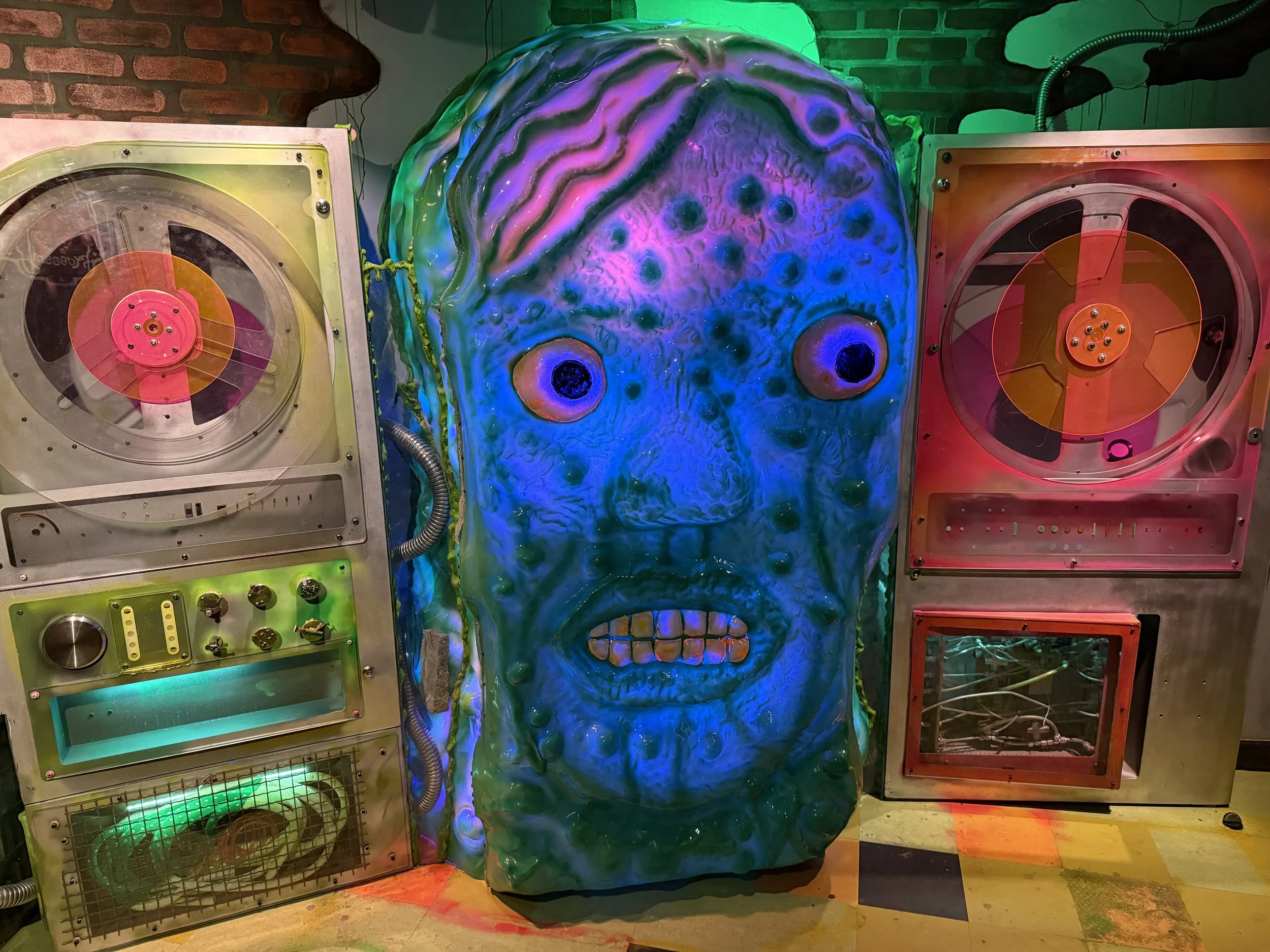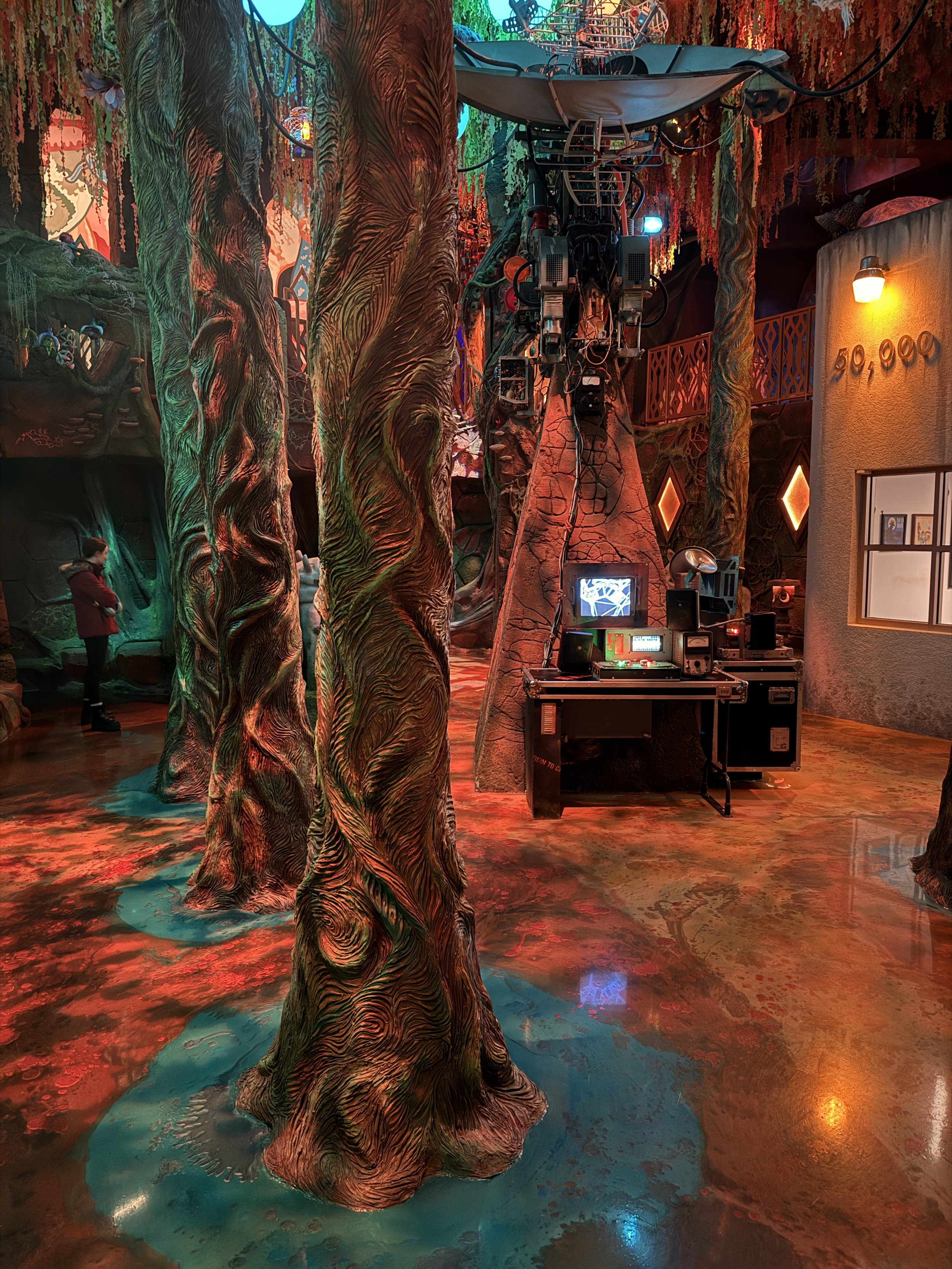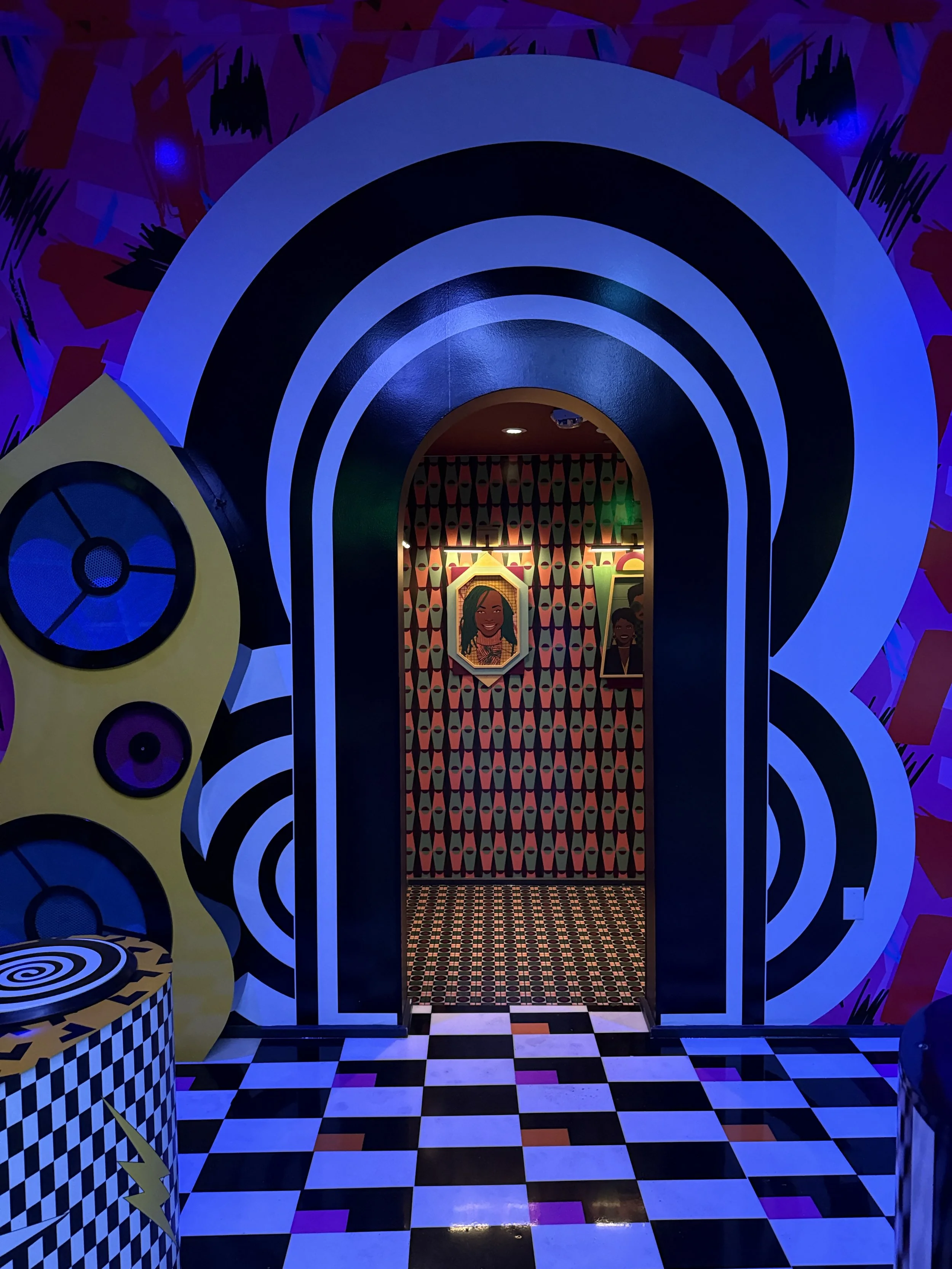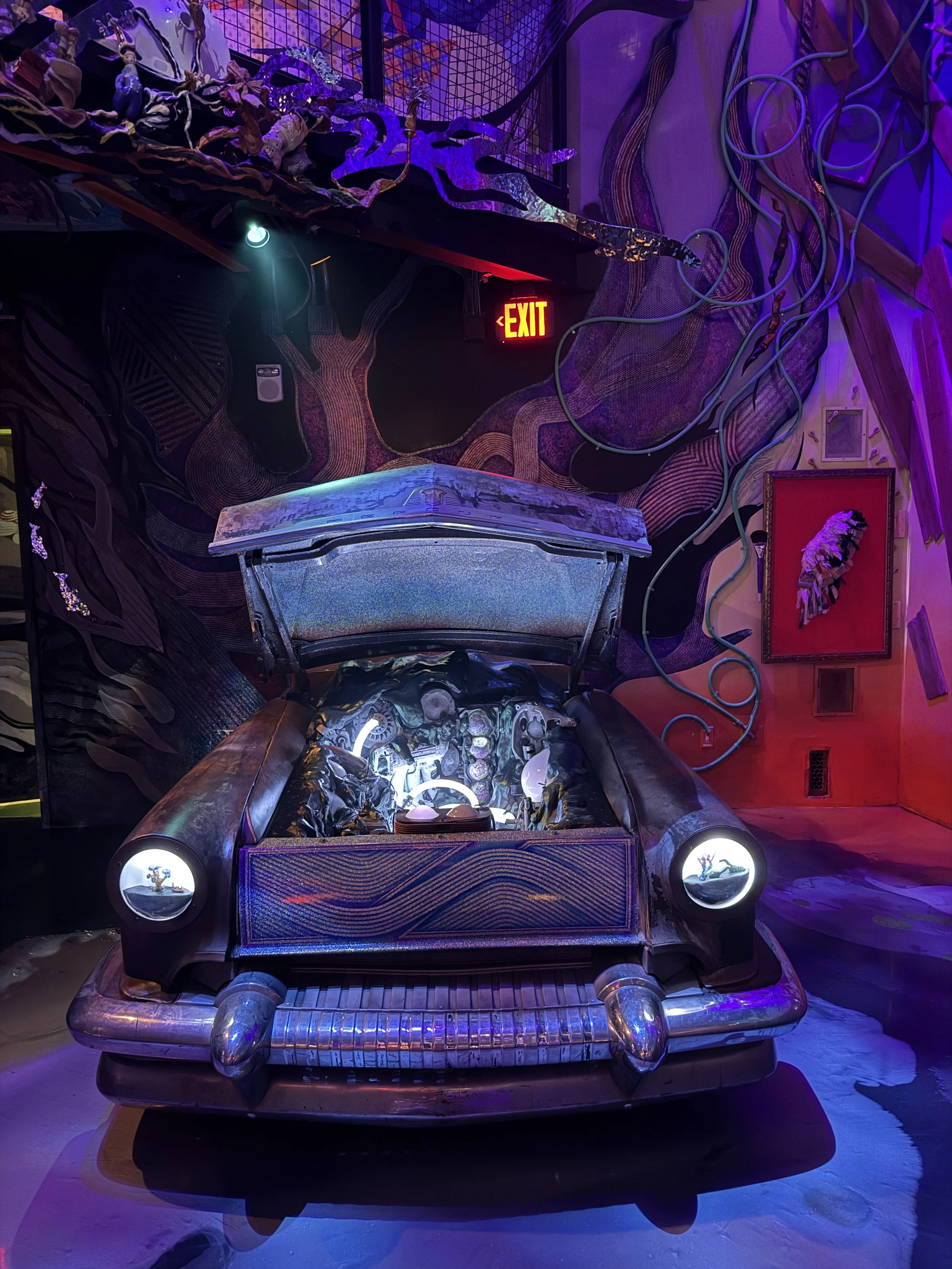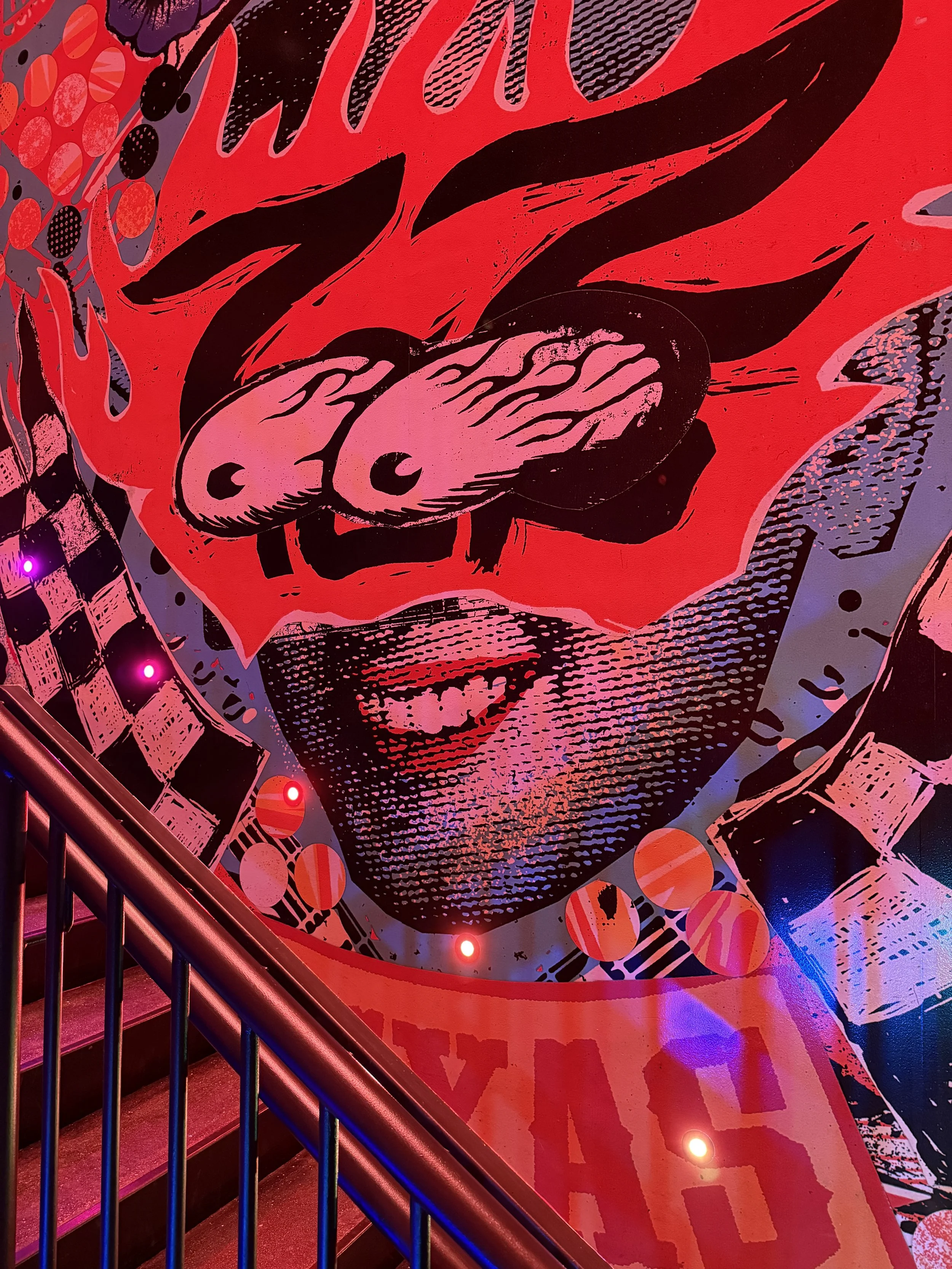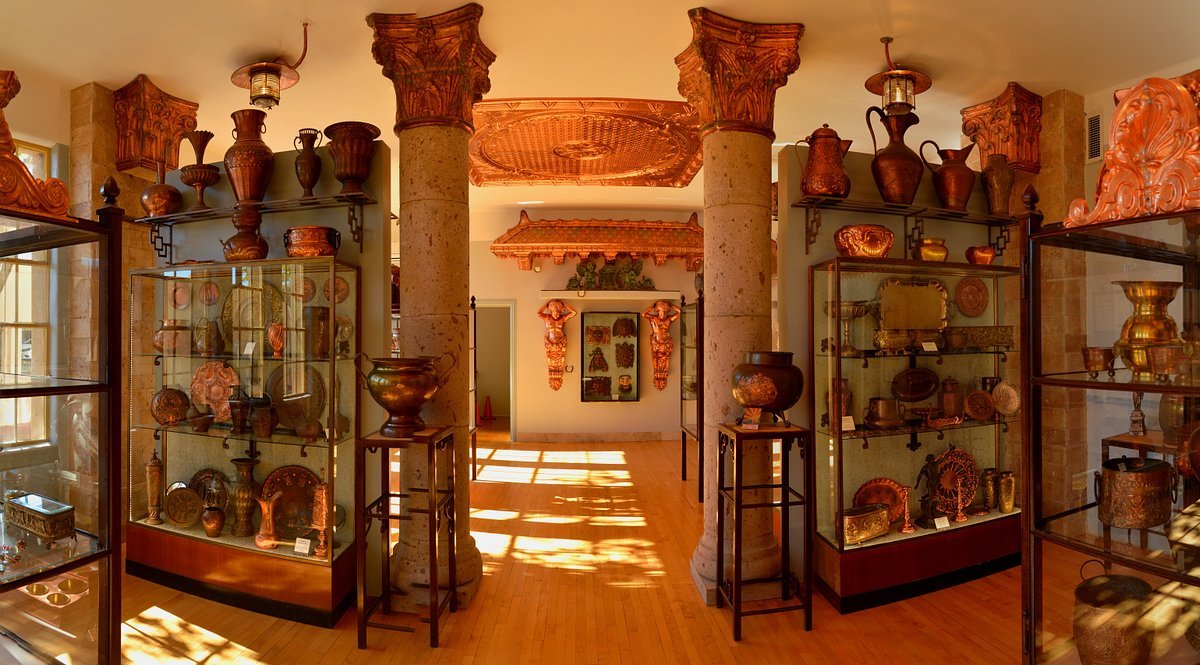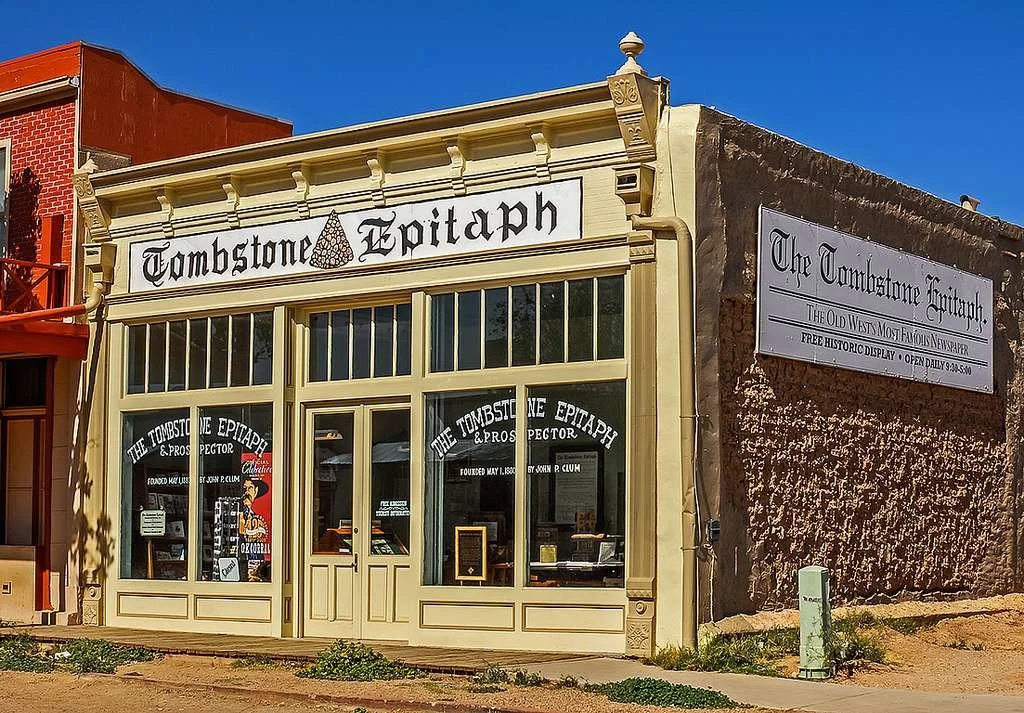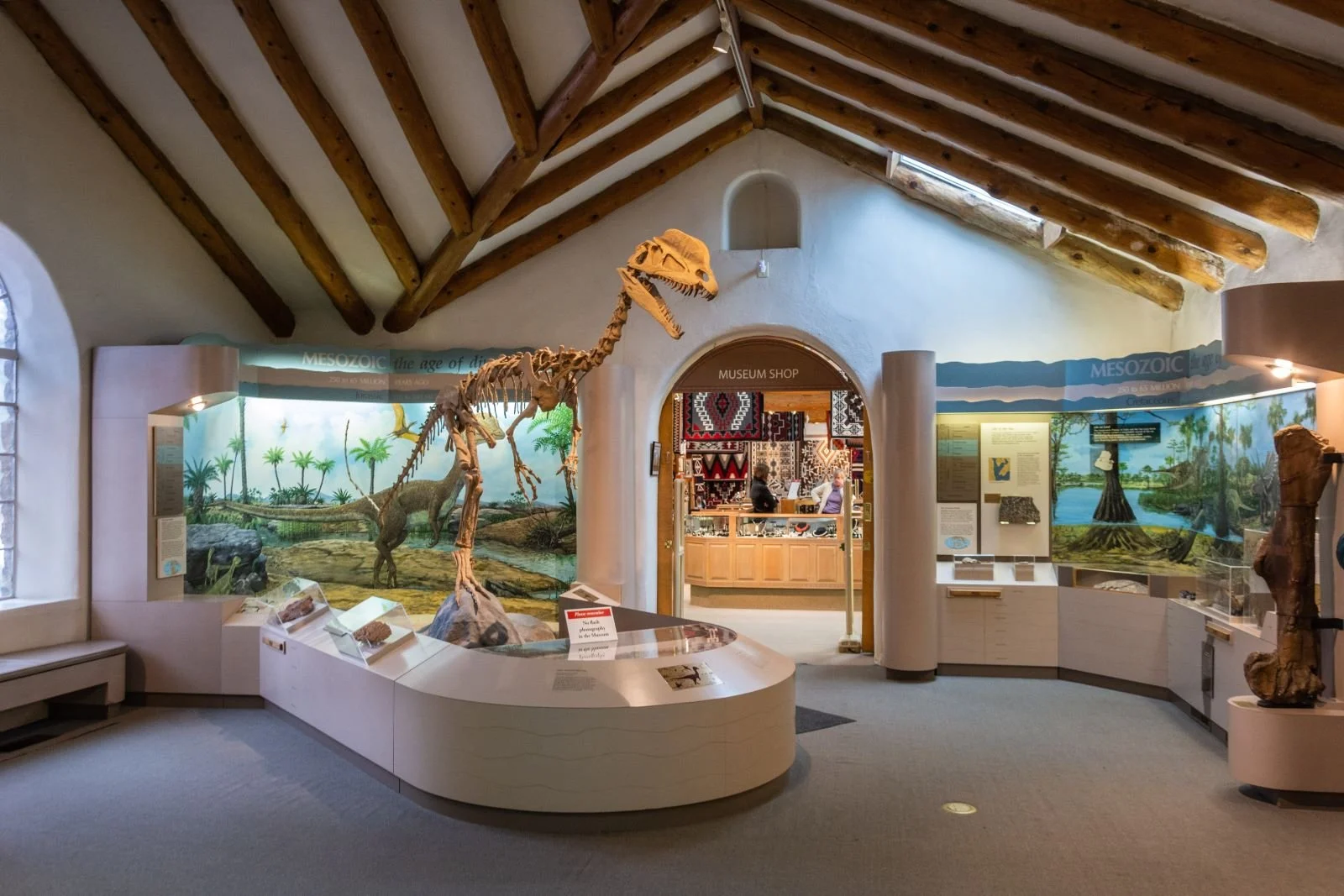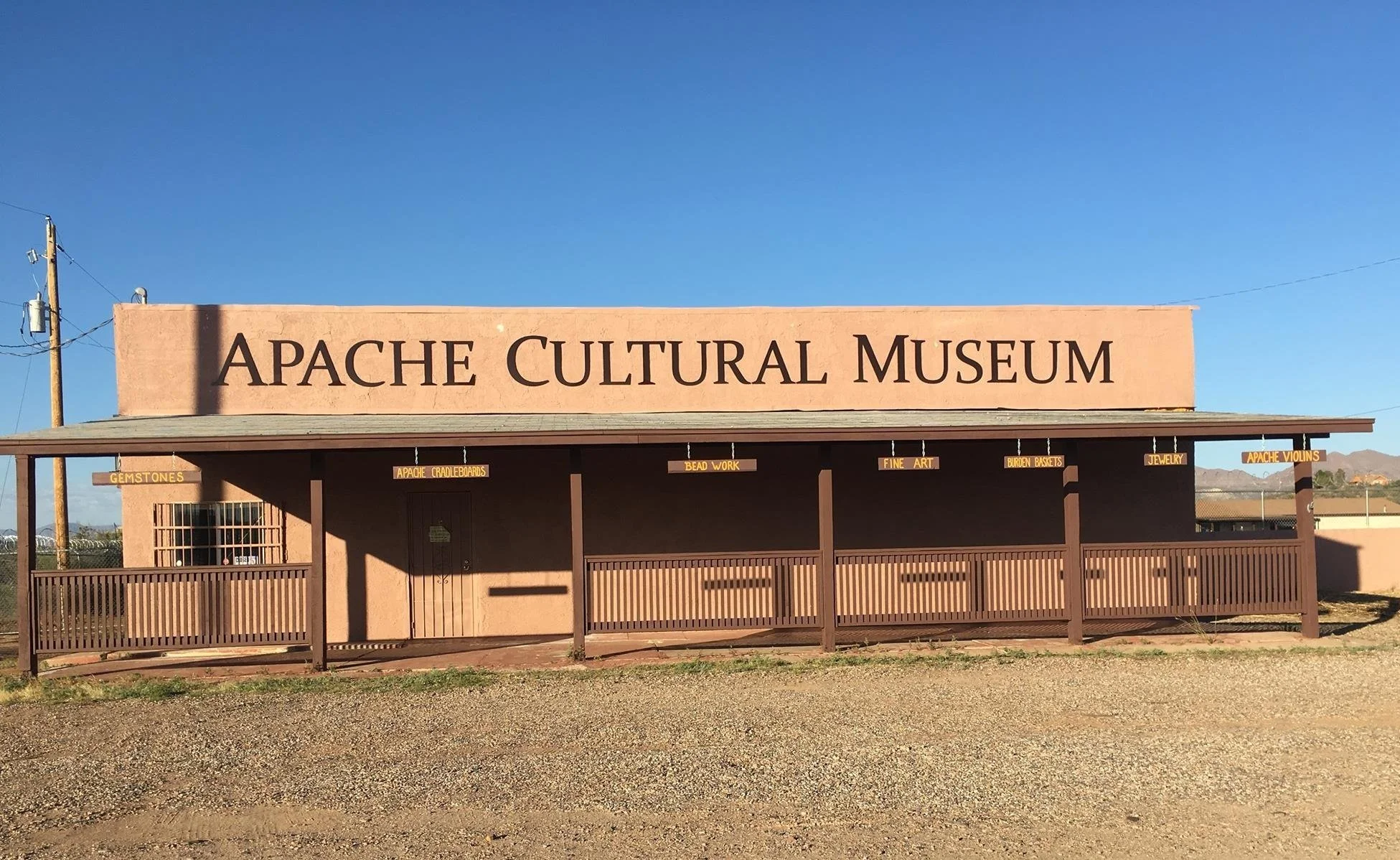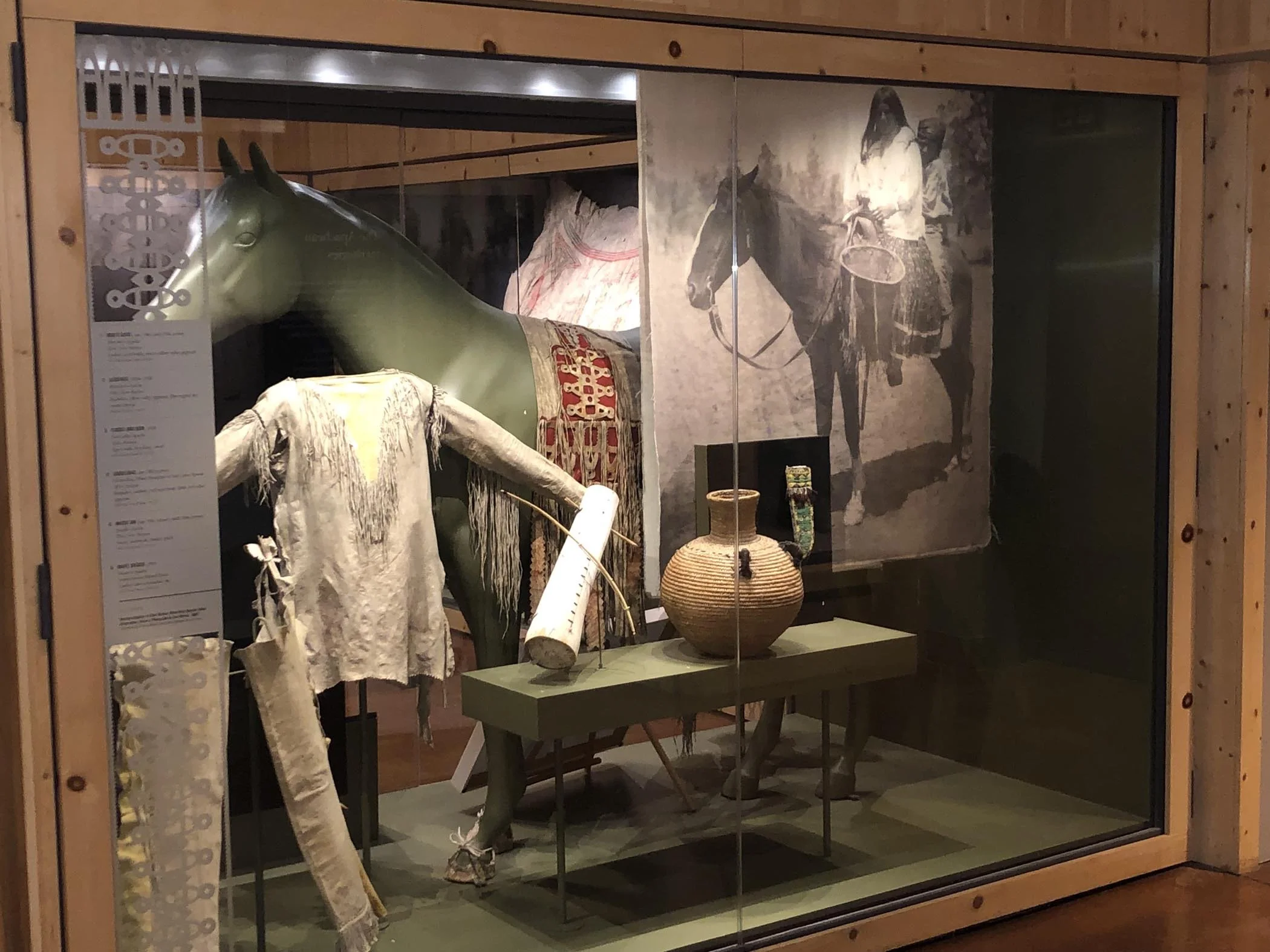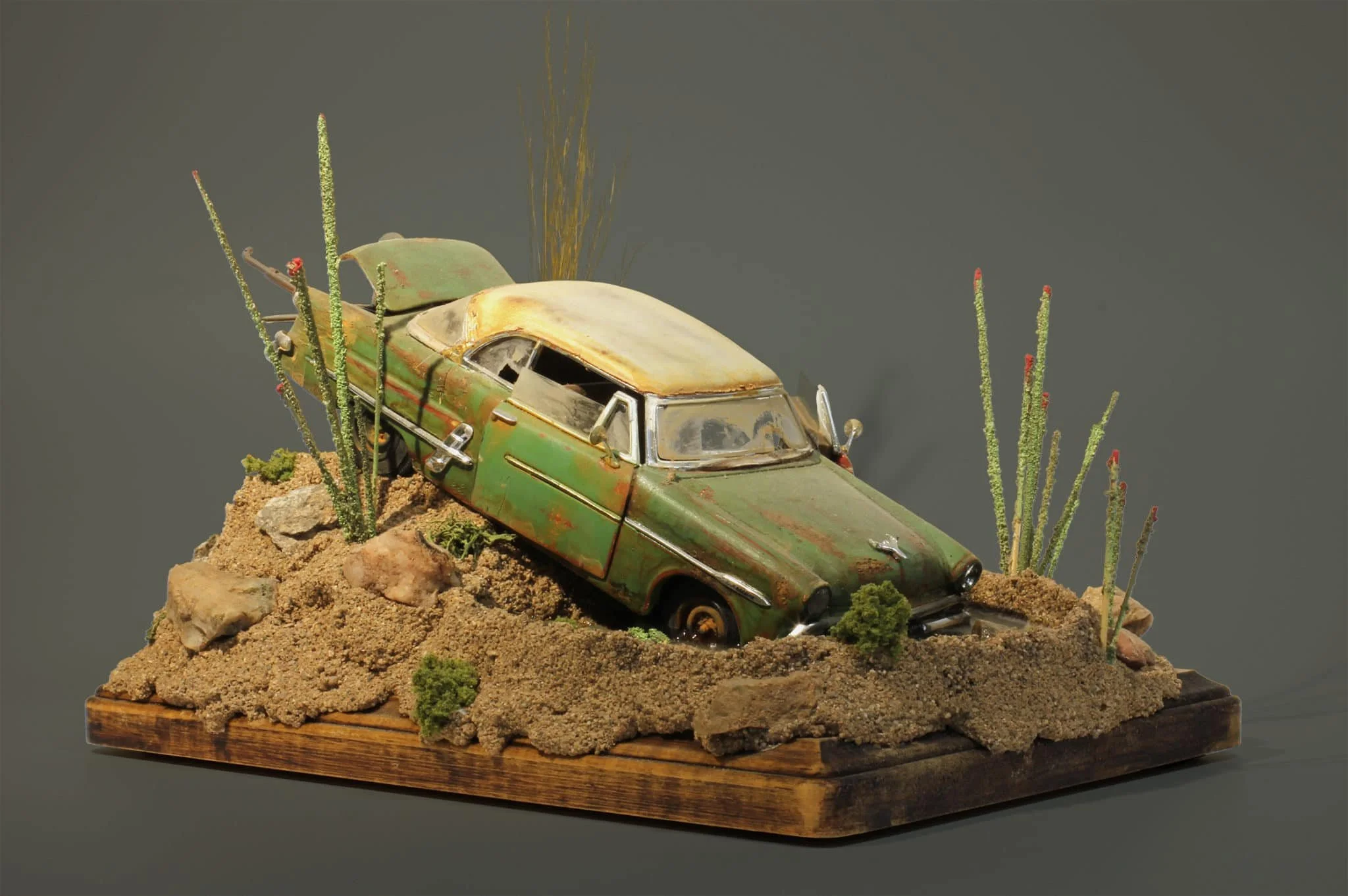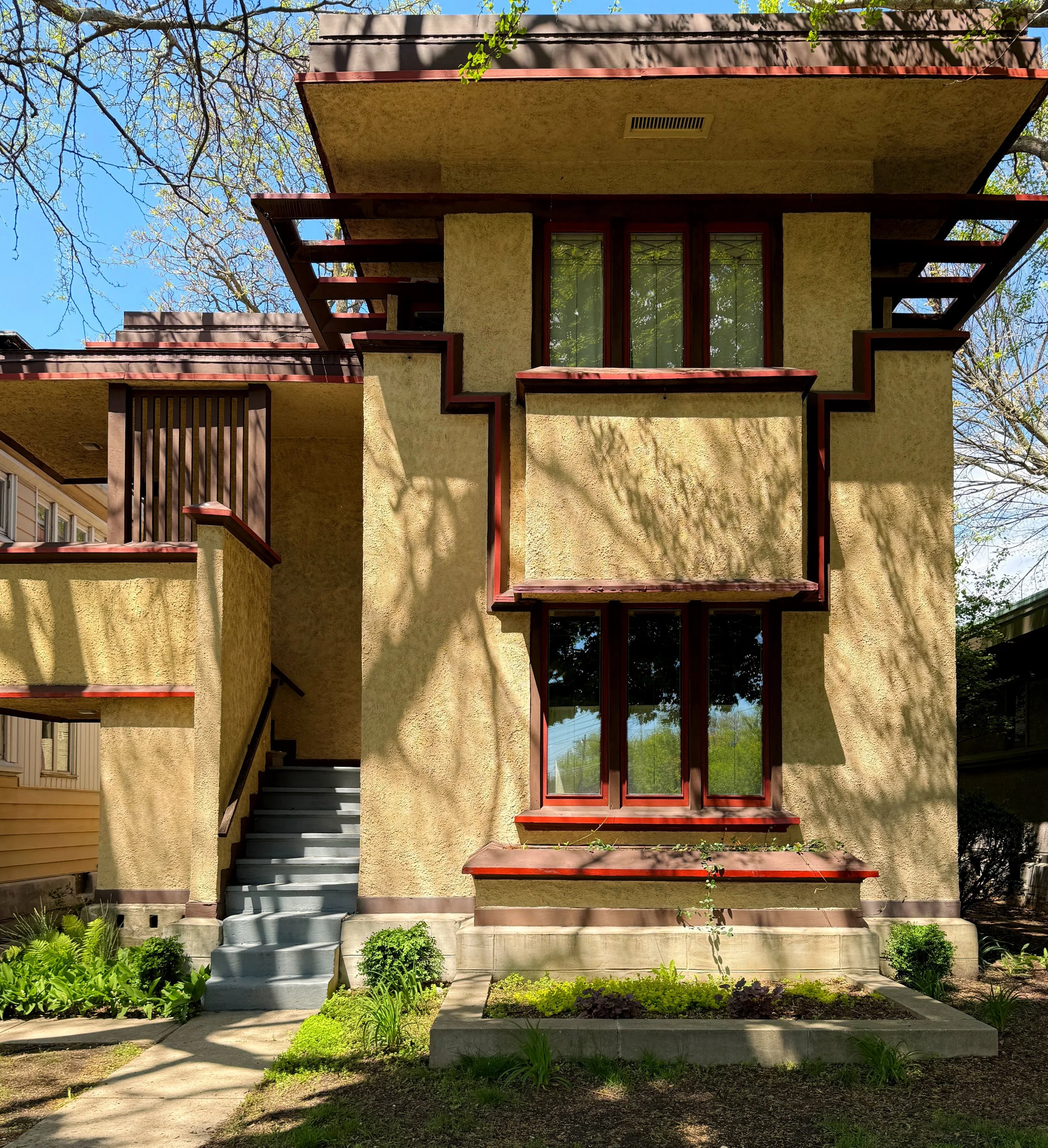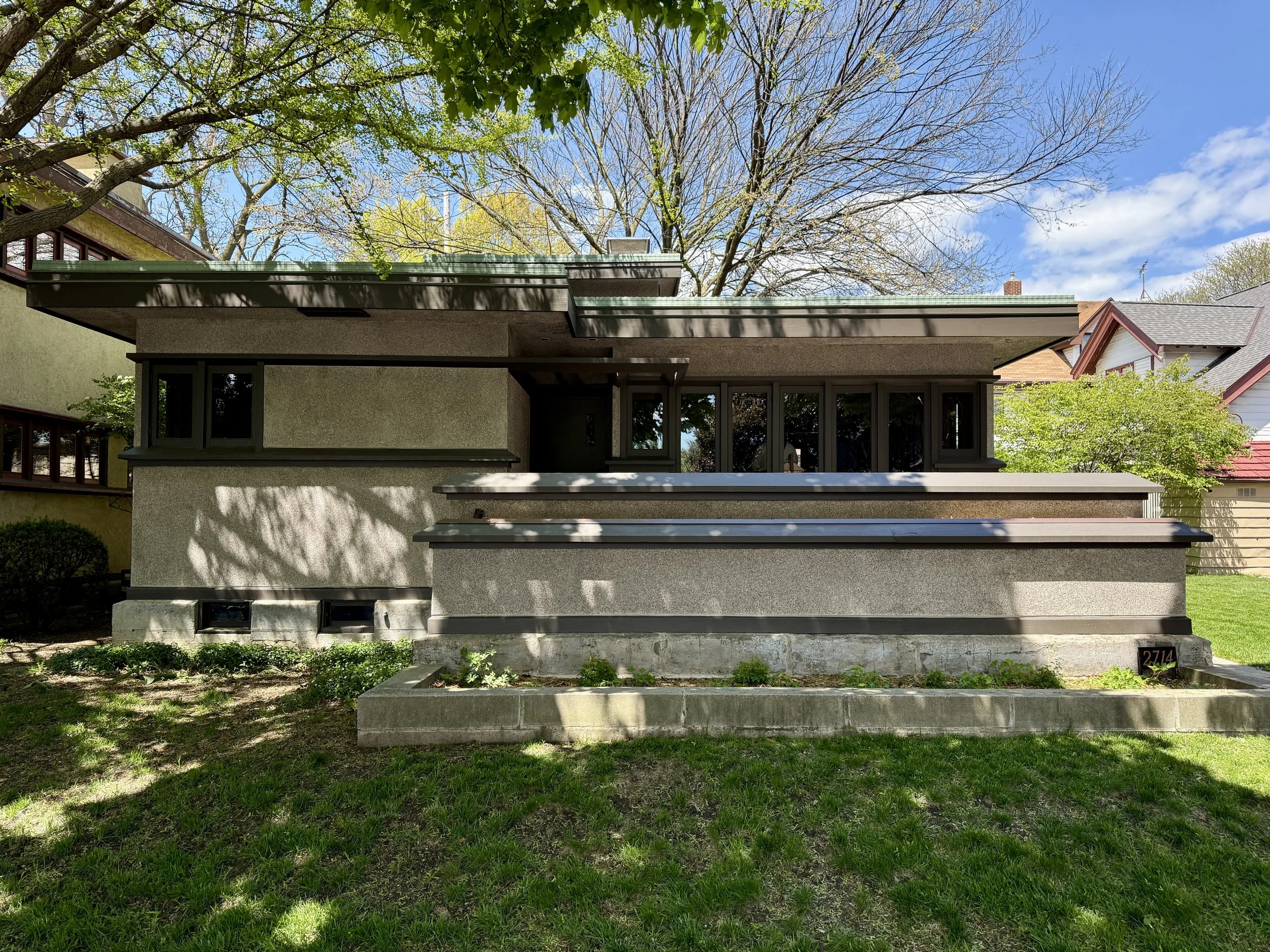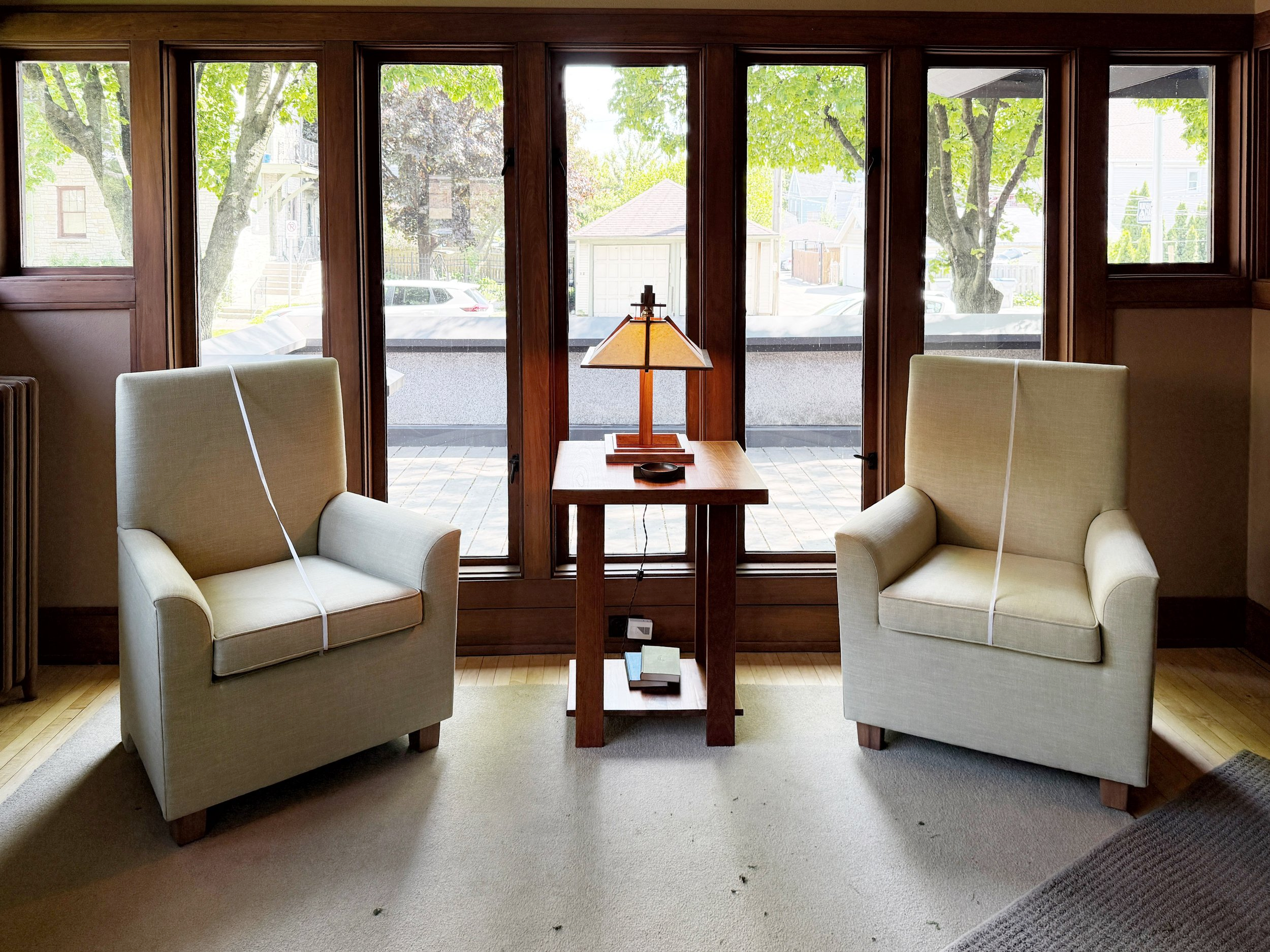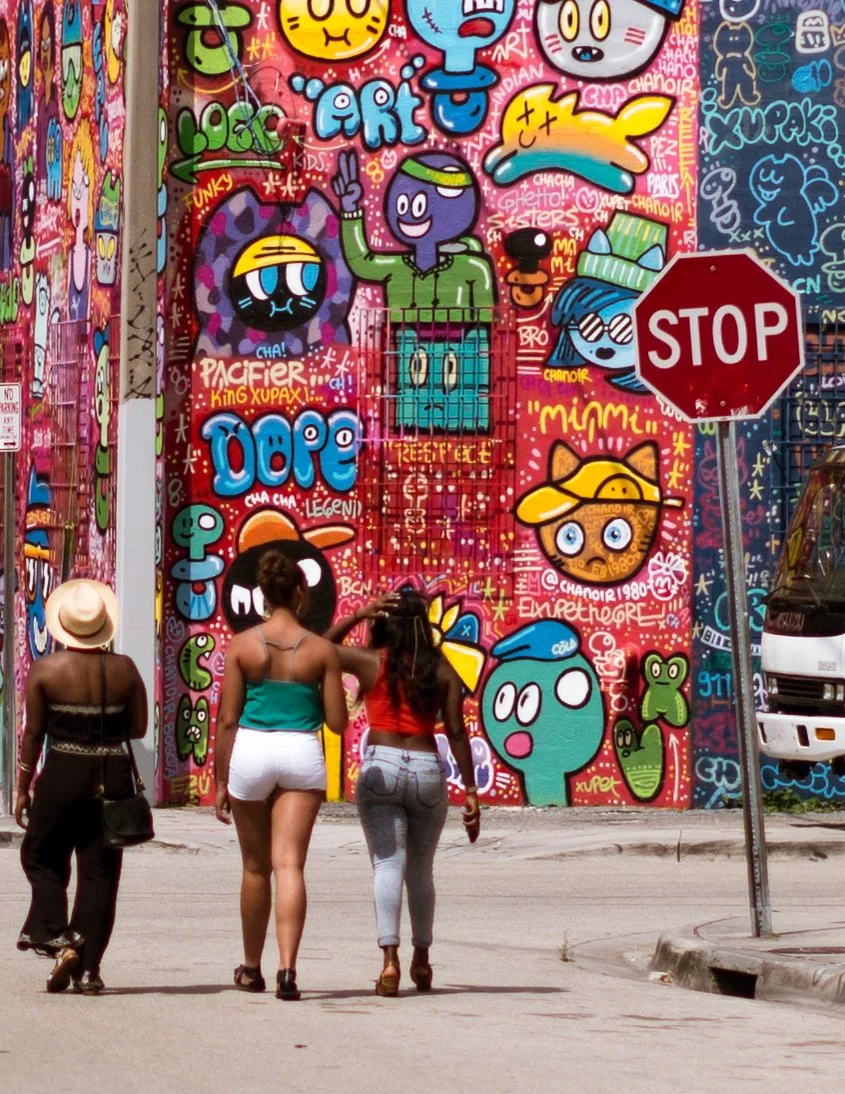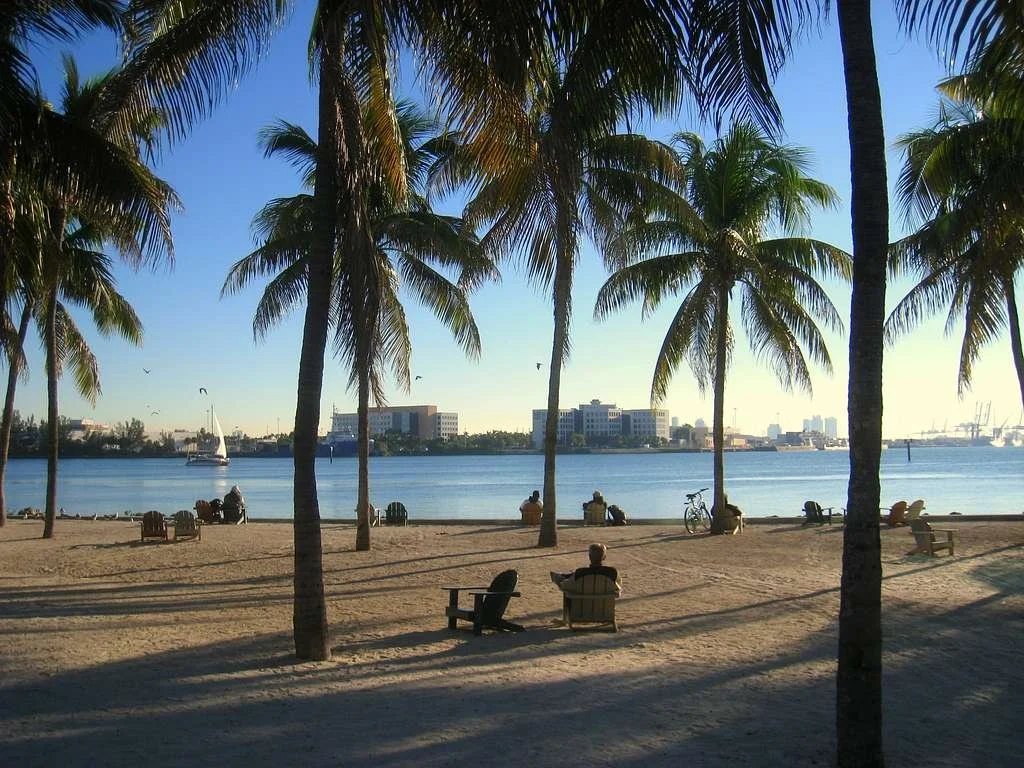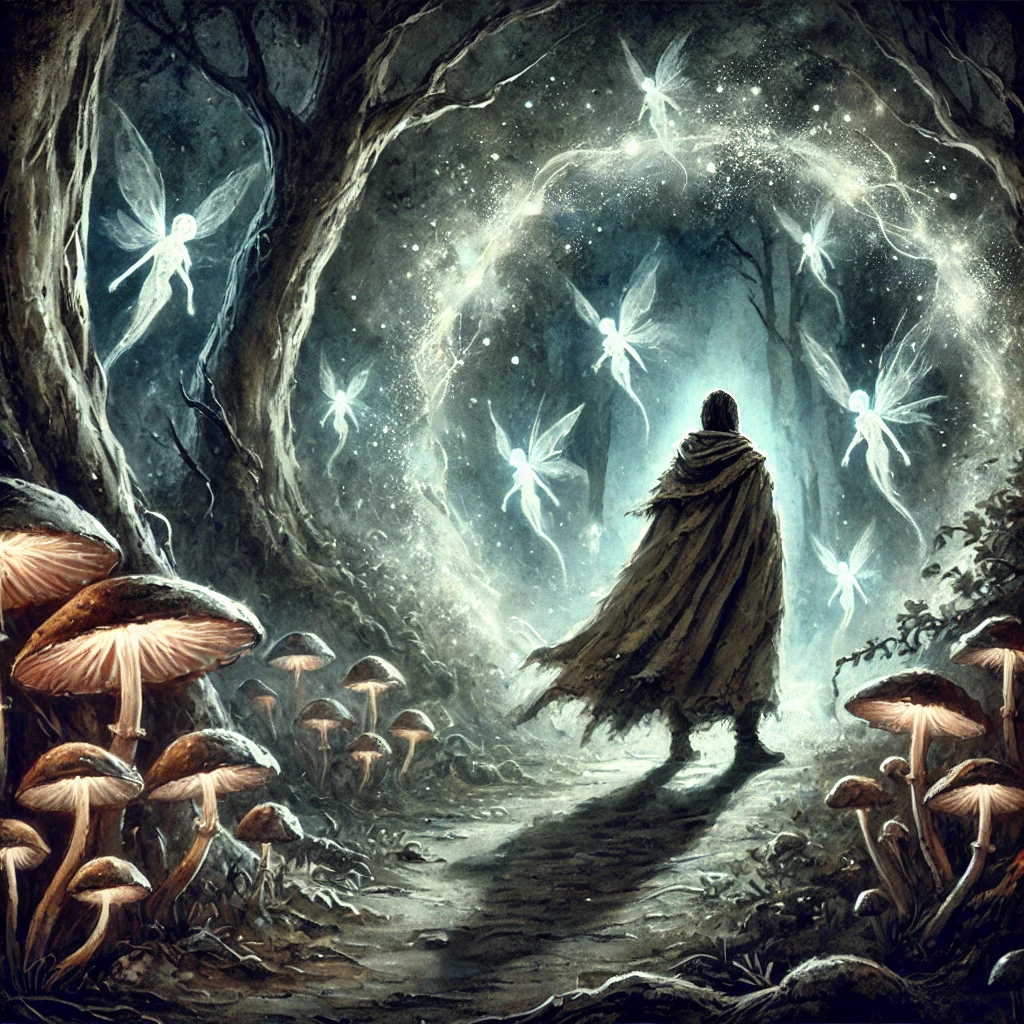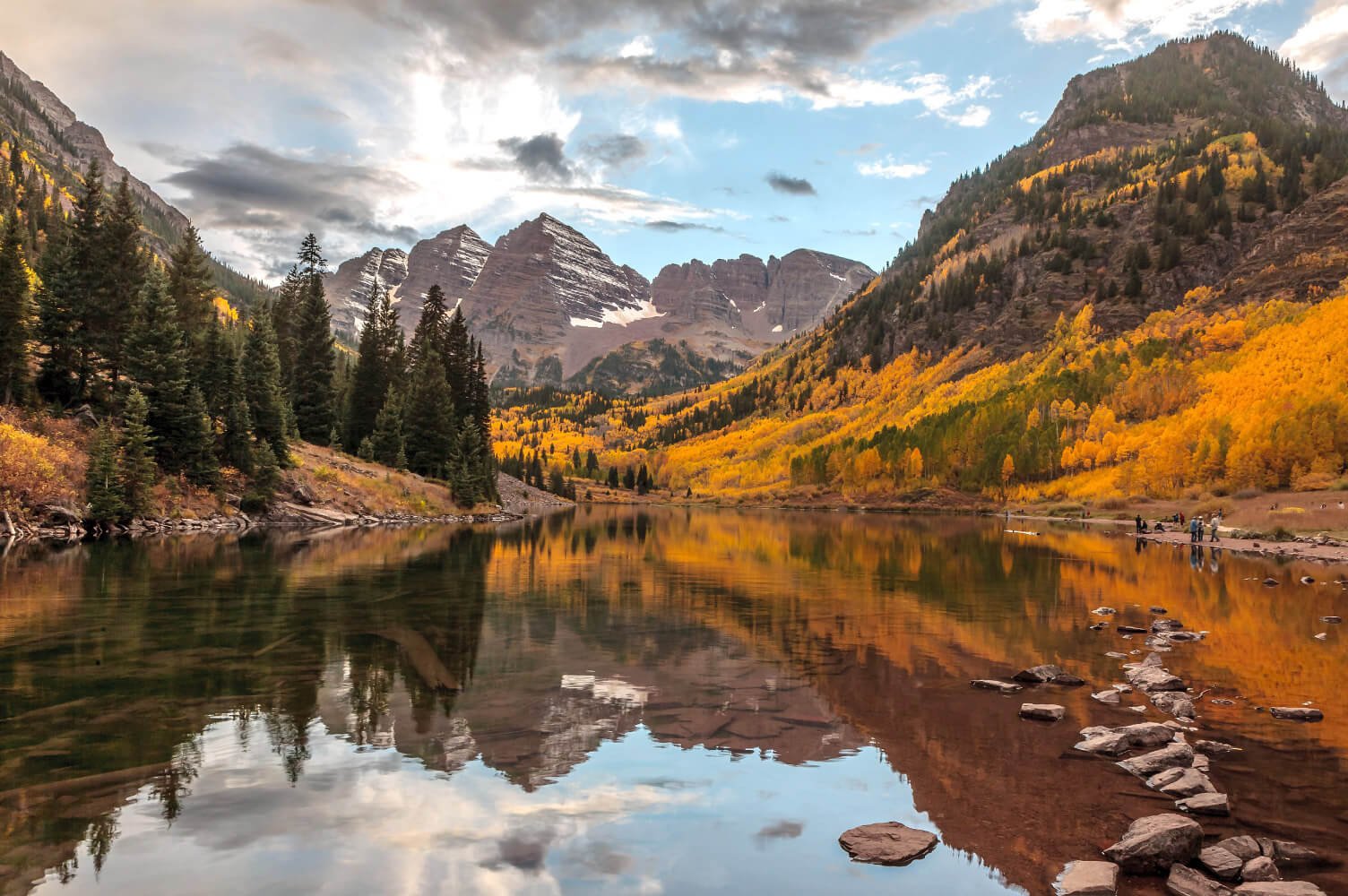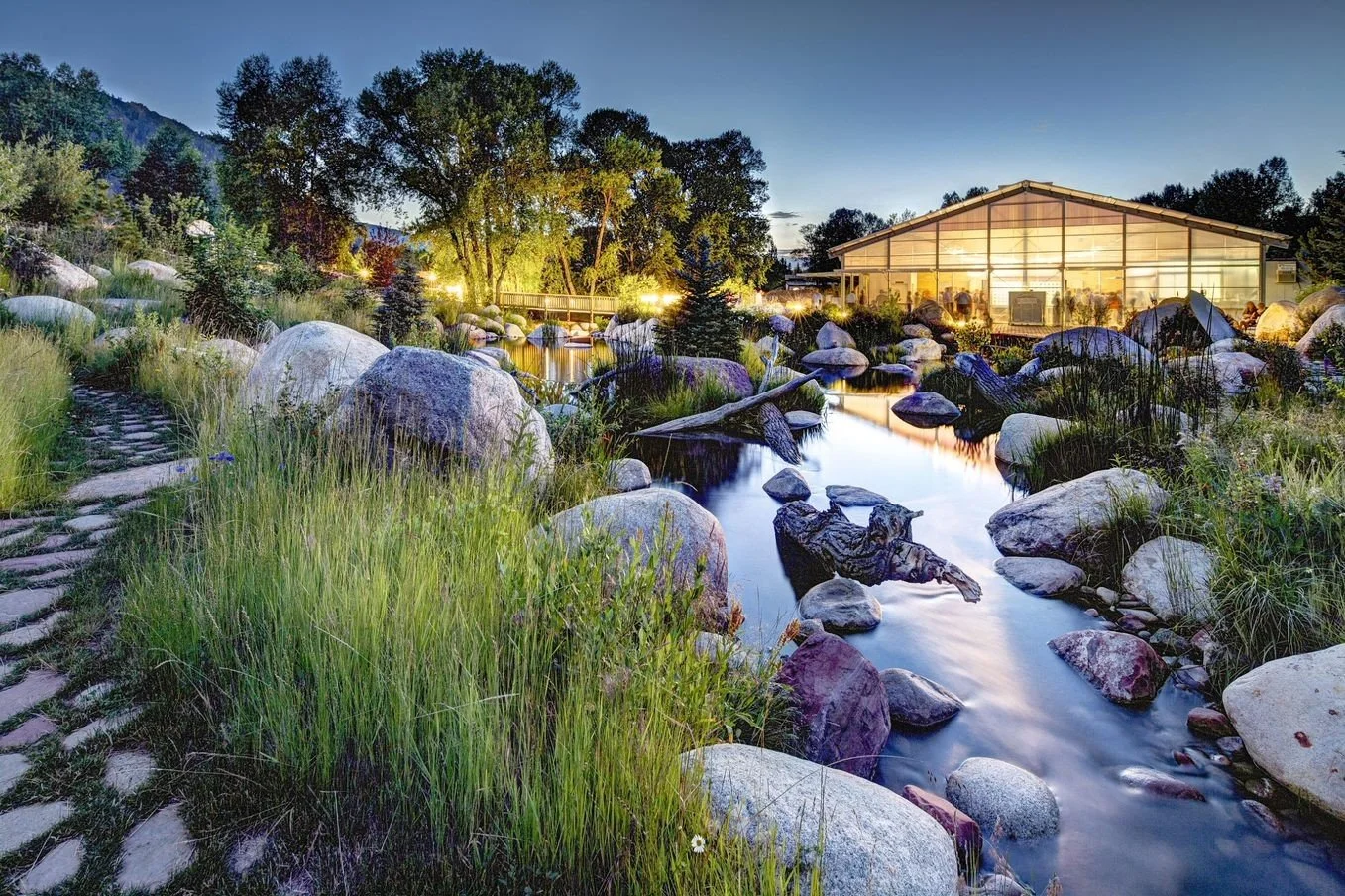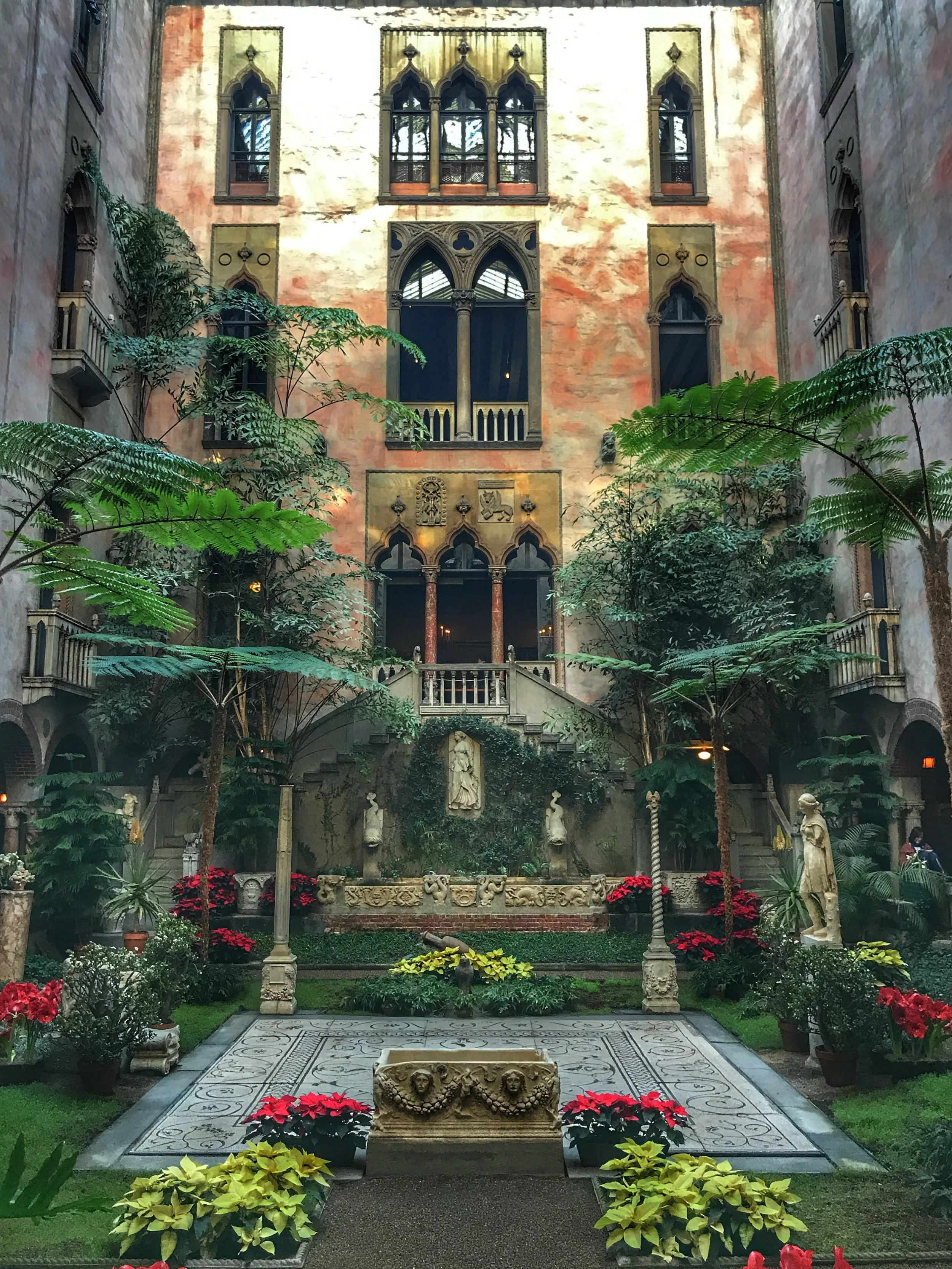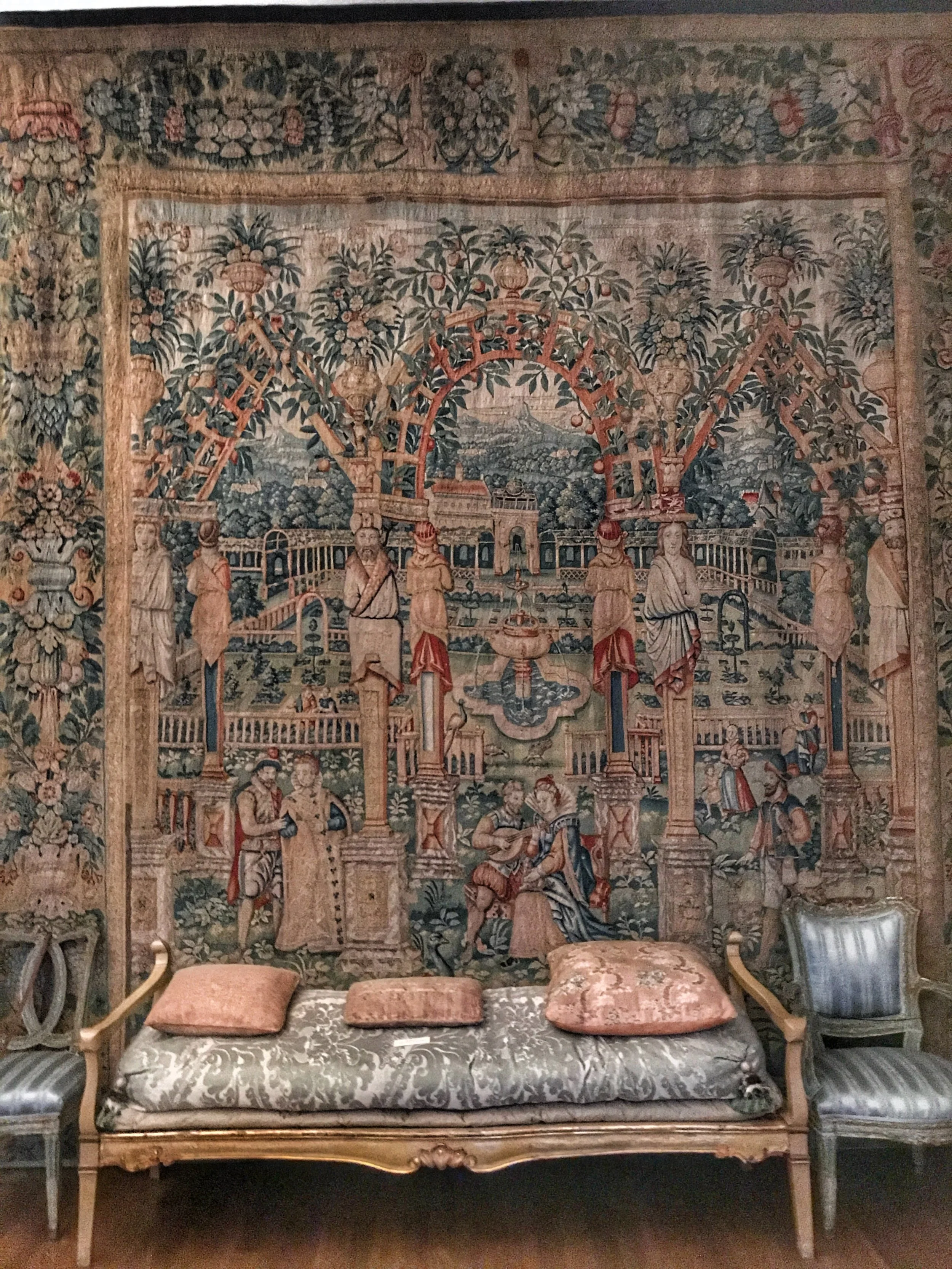Perfect weather. Gorgeous beaches. Ho hum. From Julian to Baja Wine Country, these underrated weekend getaways from San Diego offer desert stars, mountain cabins, Mexican vineyards, retro pool scenes and all the apple pie you can handle.
Let’s be honest: Living in San Diego is both a blessing and a trap. Sunshine 300 days a year. Fish tacos everywhere. Beaches that make postcards jealous.
So why on Earth would anyone want to leave?
“The thing about living in San Diego is that the constant perfection can start to feel monotonous.
That’s why it’s essential to escape, even if it’s just for a weekend.”
Because perfection gets boring. Eventually, even the world’s most ideal climate starts to feel like a screensaver that won’t turn off. And when that happens, you need to swap your palm trees for pine trees, your surfboard for a road map, and your Baja hoodie for something that actually counts as a jacket.
Here’s how to do that — without joining the crowds in L.A. or pretending Joshua Tree isn’t overrun.
1. Julian (for Pie, Pines and People Who Think Snow Is a Novelty)
An hour east of San Diego, Julian feels like stepping into a parallel universe where the air smells like apples and nobody owns a surfboard. The town sits in the Cuyamaca Mountains, complete with crisp air, gold rush history and a suspicious number of pie shops.
Go in autumn if you can — apple-picking season turns the place into a Hallmark movie, minus the sappy soundtrack. In winter, there’s even snow. Actual snow! For San Diegans, it’s practically witchcraft.
Stay overnight, hike around Lake Cuyamaca, and leave with the smug glow of someone who “did the mountains this weekend.”
2. Borrego Springs (Desert Solitude With Bonus Giant Lizard)
Two hours northeast lies Borrego Springs, the only International Dark Sky Place in California. Translation: The stars are so intense, they look like they’ve been Photoshopped.
By day, explore Anza-Borrego Desert State Park. Think canyons, slot trails and giant metal sculptures scattered through the sand. The 350-foot serpent alone is worth the drive (and the photos).
By night, grab a drink at a local dive, then lean back and watch the Milky Way show off. It’s as close as you’ll get to peace without joining a silent retreat.
3. Palm Springs (Mid-Century, Modern Escape)
Palm Springs isn’t exactly a secret, but it remains one of the easiest transformations you can make in a single afternoon: from San Diego surf rat to martini-sipping poolside minimalist.
The desert heat, the Mid-Century design, the ridiculous pool floats — it all works. Rent a retro Airbnb or book a spa hotel, and spend the weekend pretending you’re in a Slim Aarons photo.
Yes, it’s a bit performative. That’s half the fun.
4. Baja Wine Country (The World’s Most Chill Vineyard Scene)
Cross the border and drive an hour south into Valle de Guadalupe, Mexico’s not-so-secret wine country. It’s Napa … if Napa cost half as much and didn’t take itself so seriously.
You’ll find open-air restaurants, rolling vineyards and boutique hotels built from reclaimed shipping containers. Order a mezcal cocktail you can’t pronounce, and accept that you’ll probably come home with a few extra bottles.
Pro tip: The sunsets here are the kind that make your phone camera give up and say, “Just live in the moment.”
5. Idyllwild (A Forest Hideaway for People Who Still Own Flannel)
Two hours north, tucked into the San Jacinto Mountains, is Idyllwild — a tiny town of artists, hikers and dogs who all seem suspiciously happy. It’s cabin country at its best: pine needles underfoot, jazz bars at night, and trailheads that start behind coffeeshops.
It’s the ideal reset button after a week of traffic, Slack notifications and ubiquitous oceanfront.
The Joy of Leaving Paradise
If you’ve ever thought, “I need a vacation from my vacation city,” you get it. The thing about living in San Diego is that the constant perfection can start to feel monotonous. That’s why it’s essential to escape, even if it’s just for a weekend.
You don’t have to plan it from scratch, either. Here’s a curated list of weekend getaways from San Diego that’ll help you find your next mini-adventure — whether that means soaking in a hot tub with mountain views or eating your body weight in pie.
The trick isn’t leaving San Diego forever; it’s remembering that there’s a whole world beyond your idyllic bubble. Sometimes, stepping into the desert or up into the mountains makes you appreciate the beach even more.
And when you roll back into town, tanlines fading and cooler full of wine, you’ll remember why you live here in the first place.
Just don’t tell the tourists that paradise actually gets old. It’ll ruin the mystique. –Shahroz Yousaf









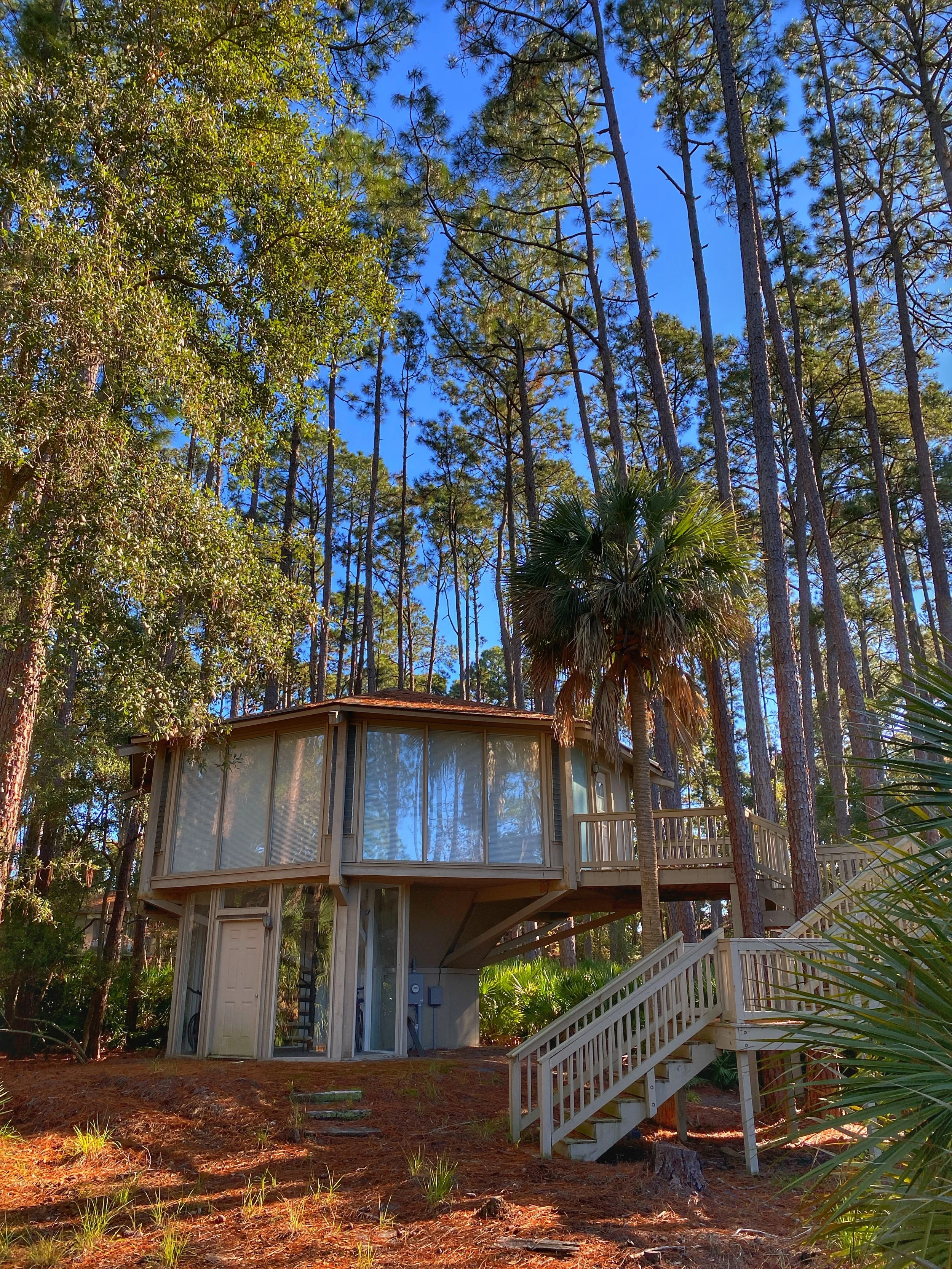

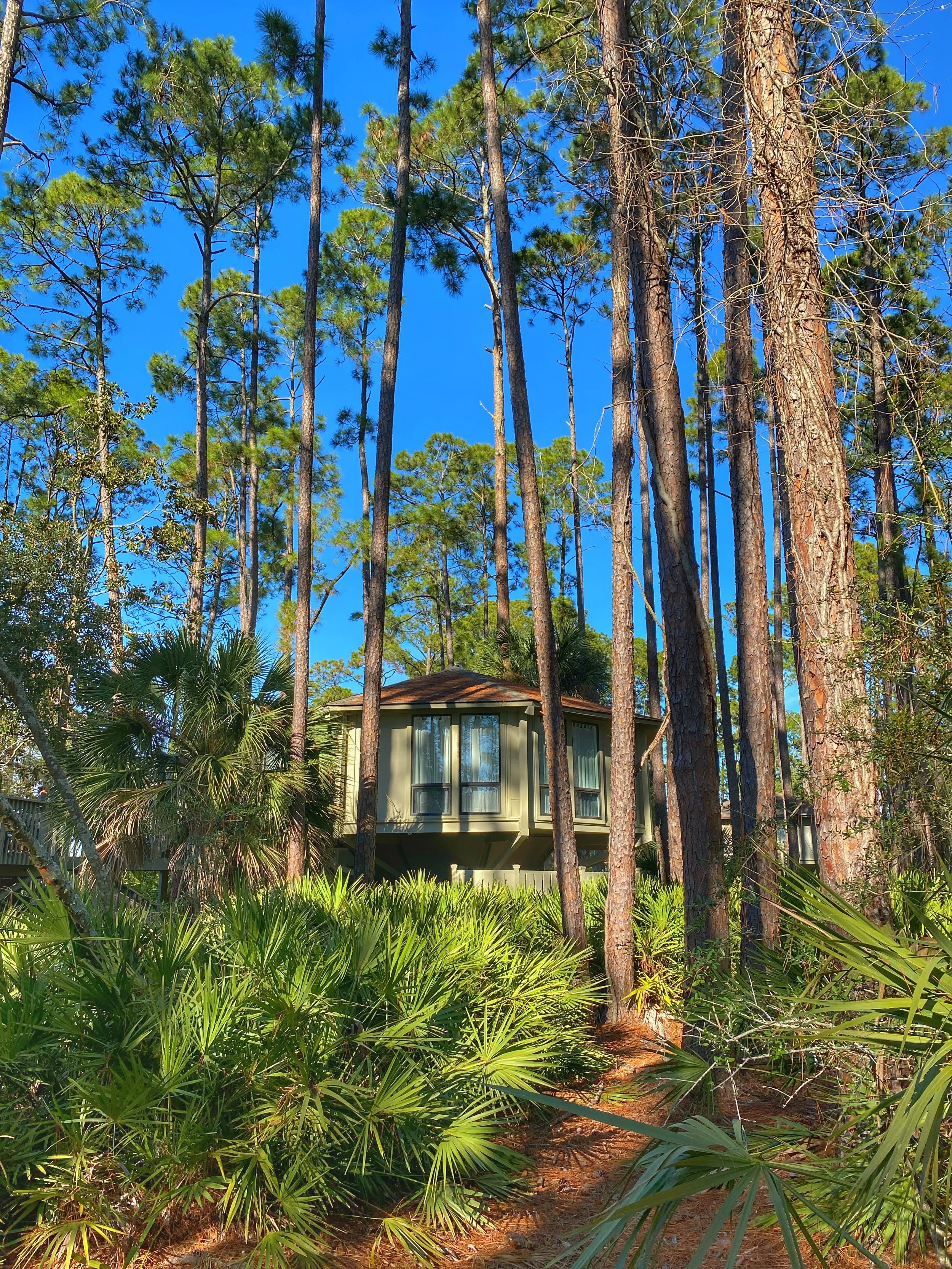
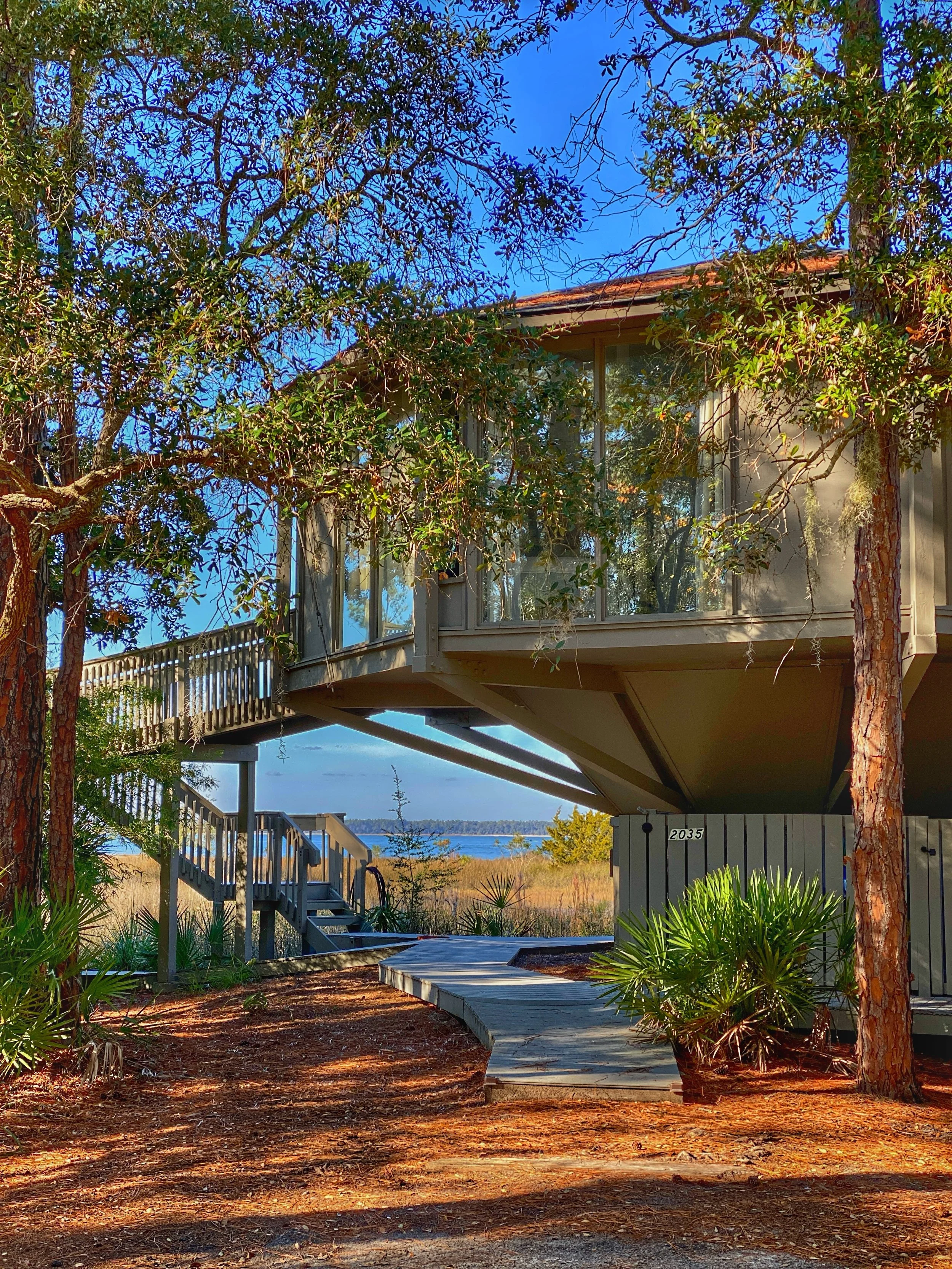

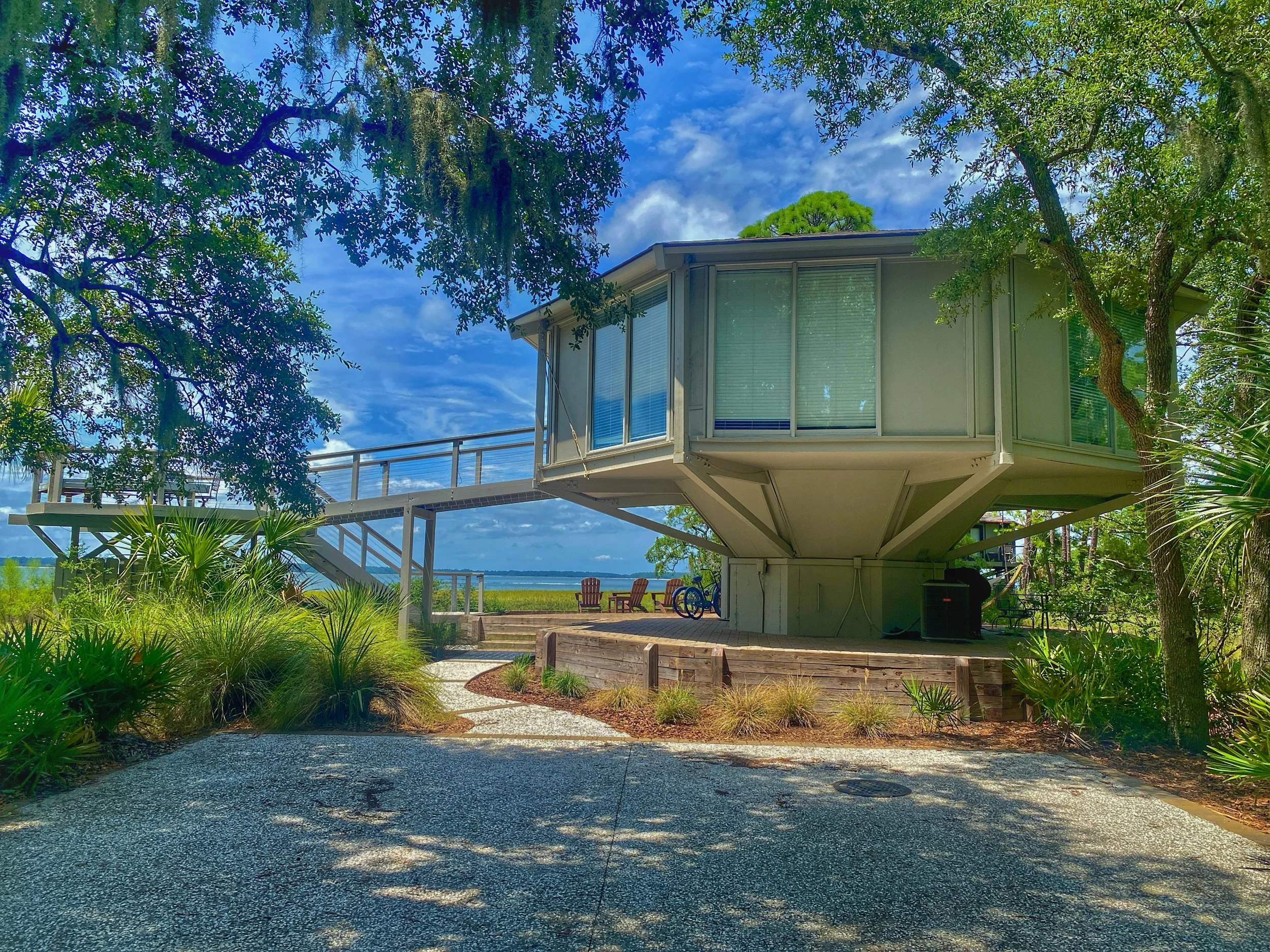



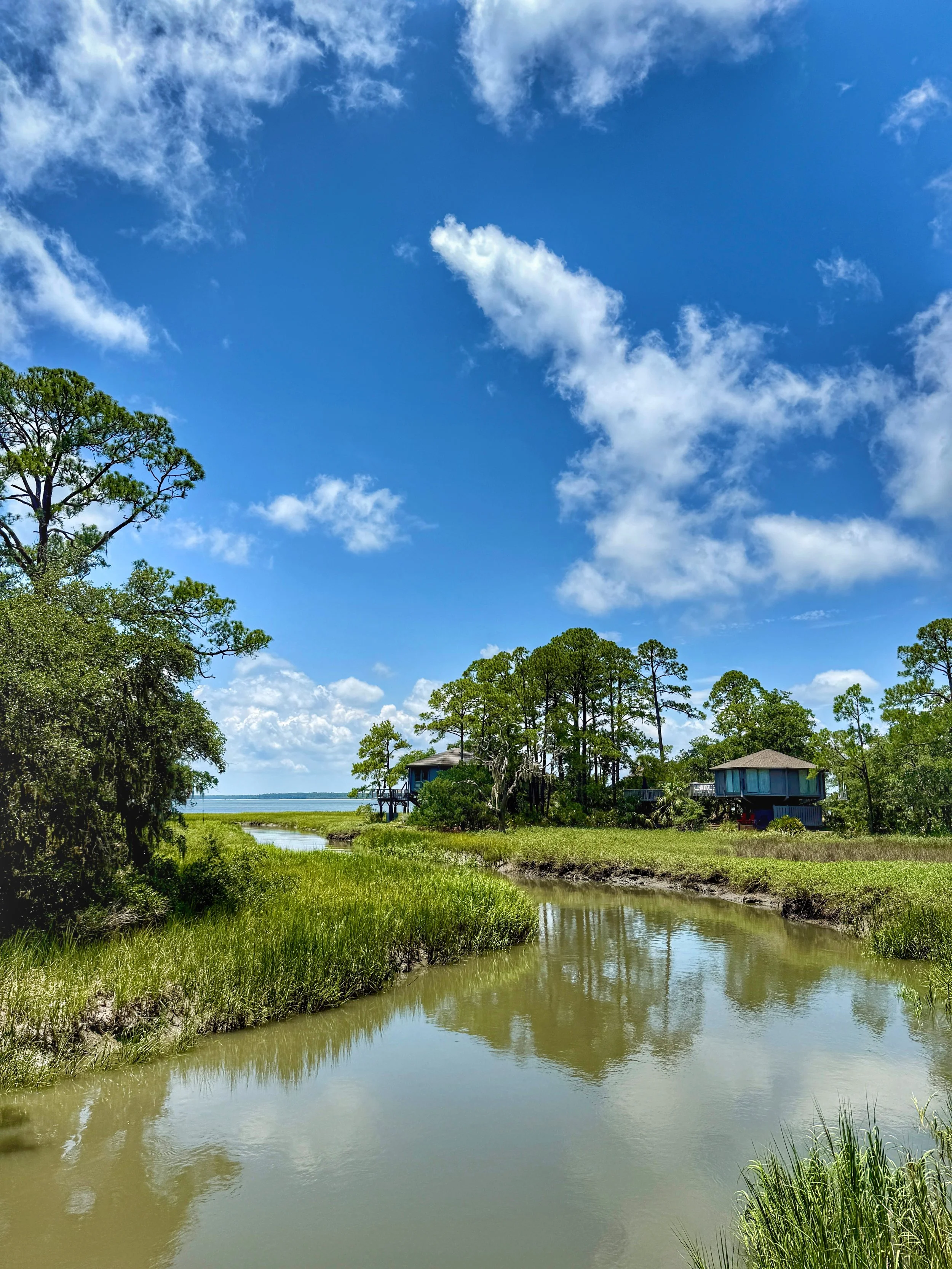

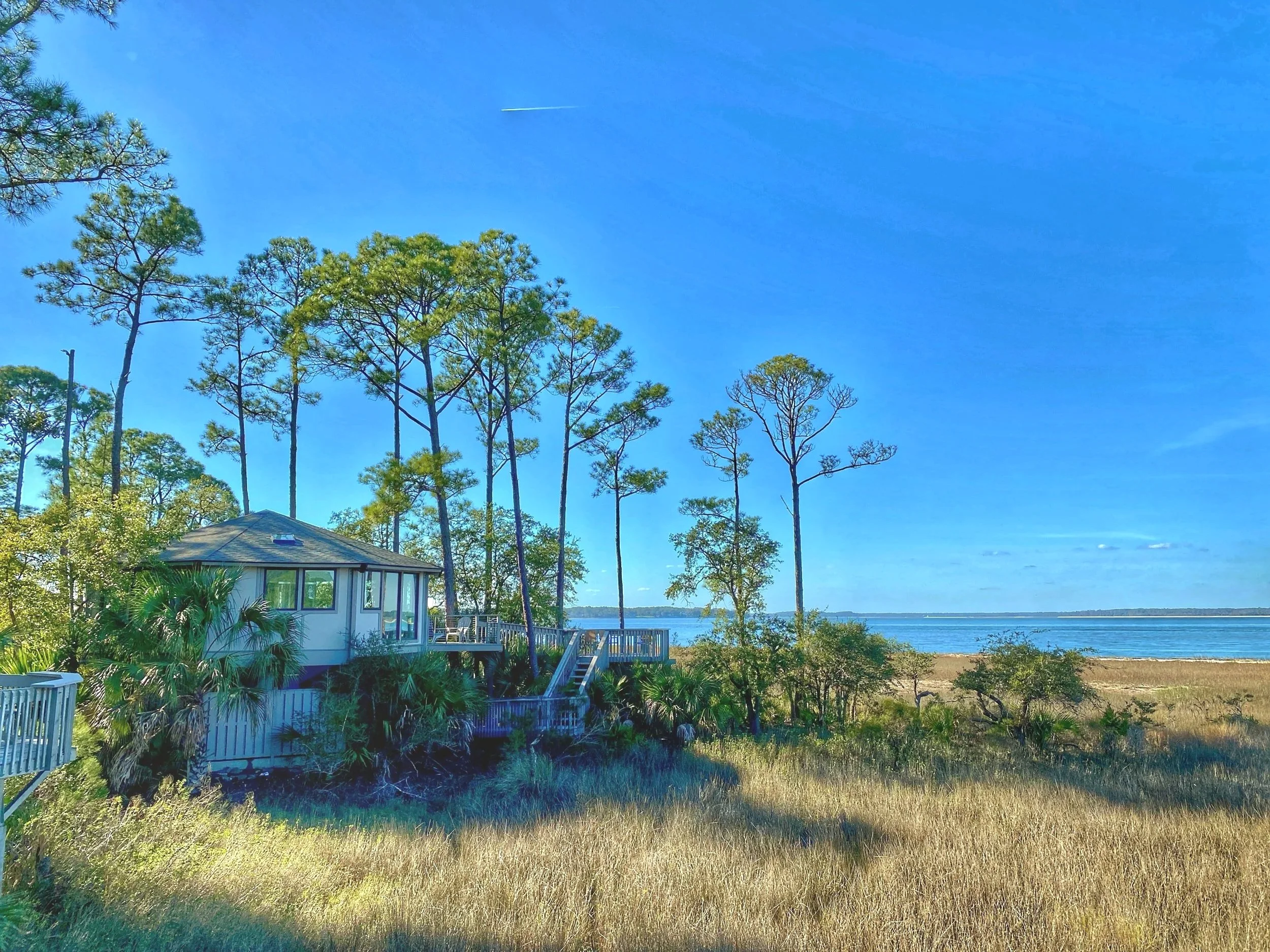


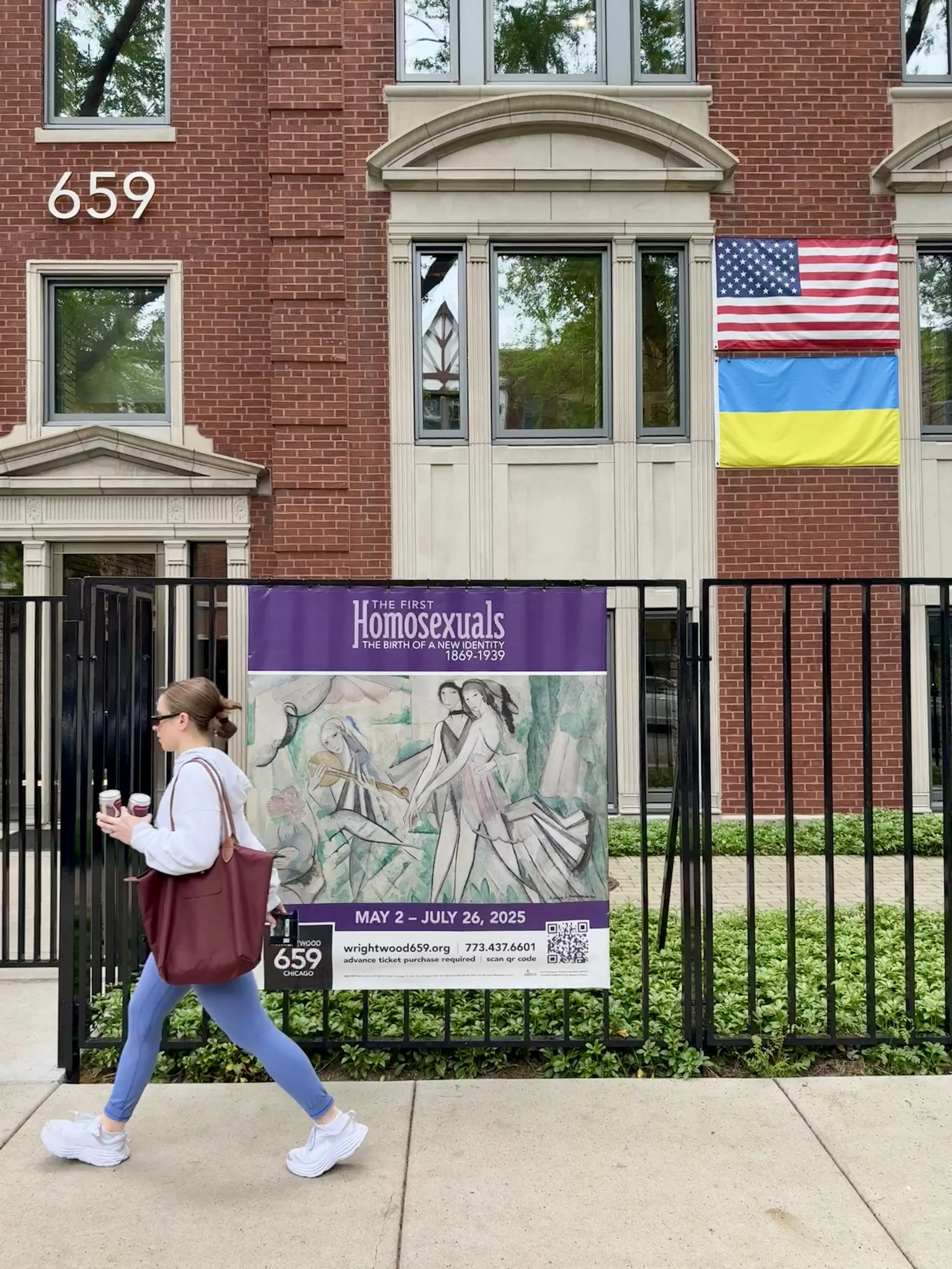


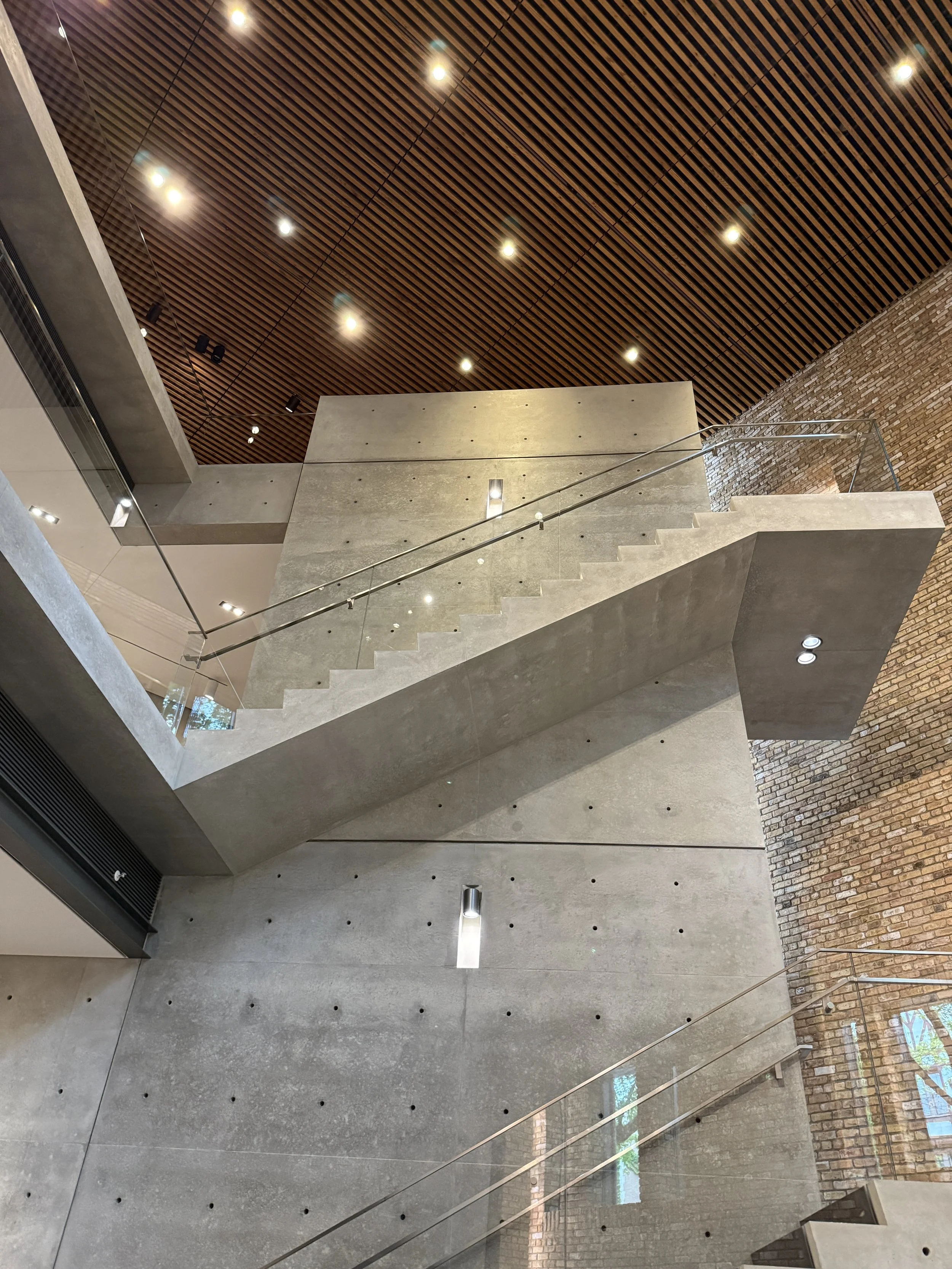












![Nackte Schiffer (Fischer) und Knaben am grünen Gestade (Naked Boatmen [Fishermen] and Boys on the Green Shore by Ludwig von Hofmann](https://images.squarespace-cdn.com/content/v1/56c13cc00442627a08632989/bf99309e-65ac-4776-a40b-93c658b11225/Naked+Boatmen+%5BFishermen%5D+and+Boys+on+the+Green+Shore+by+Ludwig+von+Hofmann.jpg)








![Untitled (kuchi-e [frontispiece] with artist’s seal Shisen) by Tomioka Eisen](https://images.squarespace-cdn.com/content/v1/56c13cc00442627a08632989/acfc8a3b-574b-4822-a787-aca814e59f46/Untitled+%28kuchi-e+frontispiece+by+Tomioka+Eisen.jpg)





